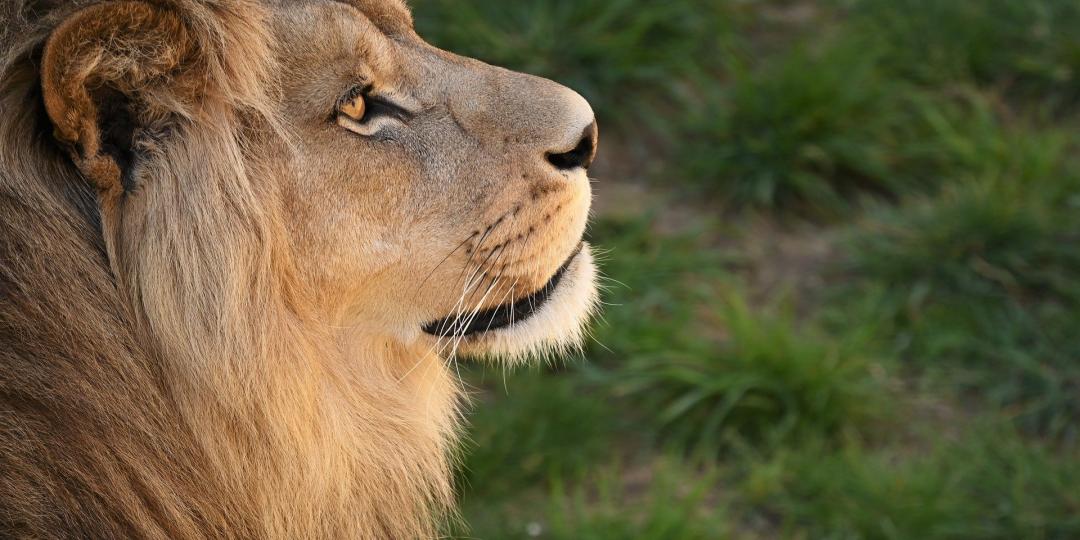While poaching increased during the height of the COVID-19 pandemic, early indications are that this scourge is decreasing. Yet, despite lower levels of poaching, the battle is still far from over.
Wildlife poaching is a problem that is tackled by several southern African nations and, besides impacting the ecological welfare of the area, there remain questions about the effect on wildlife tourism.
Just recently, a trophy hunter killed one of Botswana’s few ‘hundred-pounder’ elephants – elephants with at least one tusk weighing 45kg – who was critically important for stability in the elephant community and for essential wildlife tourism. This elephant was extraordinary because his tusks weighed about 90kg, which made him a true icon for viewing tourists.
Botswana’s former President Ian Khama was reportedly outraged at the news as there are only a small number of the world-famous ‘big tuskers’ left in the world.
“It is incomprehensible that one of the last great tuskers of Africa – said to number fewer than 40 – has been slaughtered as a trophy for a fee. There is no replacing the intrinsic value that this extraordinary, majestic being contributed to elephant society, genetics and natural history,” said Dr Audrey Delsink, Wildlife Director of the Humane Society International/Africa.
Wildlife poachers were less deterred
COVID-19 lockdowns and travel restrictions had a devastating impact on tourism, with many organisations closing down (temporarily and permanently), and staff being laid off, including security and anti-poaching personnel.
There was a marked increase in subsistence and bush meat poaching and snaring for food, and with many urban workers staying home in rural areas, the need and the opportunity presented itself. With reduced security in the reserves, this had a major impact on reserve owners, the Humane Society International/Africa told Tourism Update.
The poaching of higher value game, in particular rhino, saw a dramatic decrease with both local and international supply chains interrupted. Roadblocks in early lockdowns increased risks of detection and, with no tourists moving around parks, it was easier for officials to identify people or vehicles that weren’t supposed to be there.
The restrictions in interprovincial travel further interrupted the movement of syndicates, poachers and product.
The trophy hunting industry and associated tourism activities and support industries (for example, the taxidermy industry) were severely impacted with restricted international travel.
The activity is “not necessarily always illegal trade-related, but purely to put food on the table,” stressed Karien Le Grand, Product Development Manager at Tourvest Destination Management.
“As difficult as it is during this rebuilding phase, it still remains important for our industry to support credible organisations, dedicated to protecting our wildlife and communities, wherever possible,” she explained.
The impact on wildlife tourism
“South Africa is predominantly a wildlife destination with pre-COVID research showing that this is the drawcard for 86% of visitors,” observed David Frost, SATSA CEO. “Losing any one of our Big Five means that other wildlife competitors would potentially take the bulk of our tourists. It is a hugely critical issue and the reason why initiatives like the Tourism Conservation Fund, which unfortunately didn't continue due to funding shortages, are so desperately needed.”
Dr Andrew Taylor, Wildlife in Trade Programme Officer at the Endangered Wildlife Trust (a partner of Tourvest Destination Management) remarked: “To the best of my knowledge, there is no evidence that poaching deters wildlife tourists. For example, during the height of the rhino poaching crisis in South Africa (2013-2018), there was no indication that tourists were deterred from coming to SA. In fact, before COVID, the numbers of tourists entering Kruger National Park was increasing every year.”
























